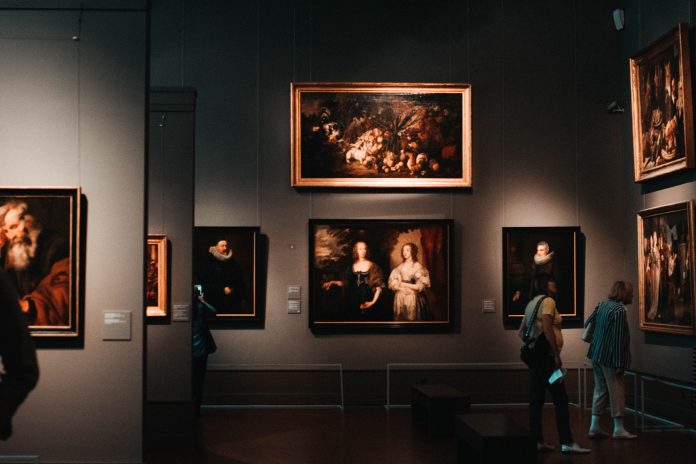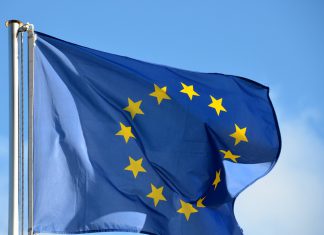Art money laundering refers to the concealment of the origins of illegally obtained funds through the purchase and sale of art and antiquities.
According to Alessa, this method poses a growing challenge for the art market and regulators, who are increasingly scrutinizing how to enforce anti-money laundering (AML) regulations in a traditionally unregulated market.
The U.S. Department of the Treasury has a wide-ranging definition of art for the purposes of money laundering. This includes traditional fine art—paintings, sculptures, tapestries, and photographs—as well as antiquities, objects of cultural significance, and digital art, such as NFTs.
A distinctive feature of the art market is its ability to offer anonymity. Art transactions, often mediated through intermediaries, do not necessarily require disclosure of the buyer’s or the seller’s identity. This is particularly prevalent in the secondary art market, contrasting with the primary market where artists and galleries are more inclined to know their buyers.
The global market, valued at around $65bn in 2021, presents challenges in quantifying the extent of money laundering due to its opaque nature. Notably, the Mexican art market saw a significant decline when identification rules were introduced, hinting at the pervasiveness of such activities.
The art market’s appeal for money laundering lies in its high-value transactions, subjective valuation, lack of transparency and regulation, and its global nature. These aspects facilitate the concealment and movement of large sums of money across borders.
Money launderers utilize various tactics in this world, such as manipulating artwork values, using intermediaries, fabricating provenances, and engaging in rapid trades to obfuscate the origins of illicit funds.
The legal framework addressing this form of money laundering is evolving, encompassing international guidelines by the FATF, national legislation like the U.S. Anti-Money Laundering Act of 2020, and industry self-regulation. However, challenges in enforcement remain due to the subjective nature of valuation and the global scale of the market.
Efforts continue to strengthen regulations, with the FATF releasing a comprehensive study in February 2023 on money laundering and terrorist financing in the art and antiquities market. This indicates a trend towards more stringent, harmonized legal frameworks in the future.
Read the full post here.
Copyright © 2024 RegTech Analyst
Copyright © 2018 RegTech Analyst






